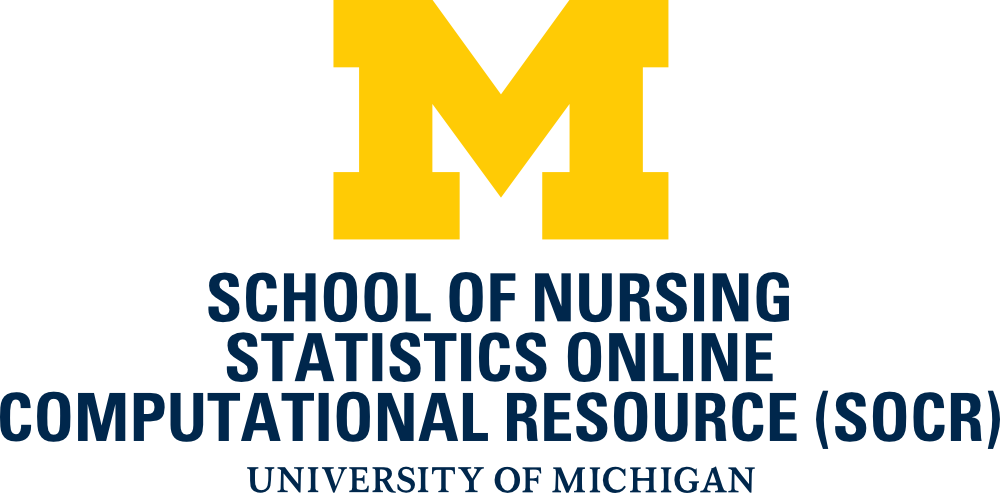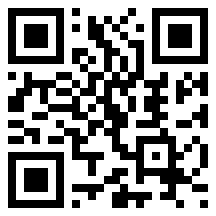Homework 2
- Problem 1: There is a great interest in comparing
different countries in the World based on variety of factors
reflecting the country's internal and external international
ranking. Use the
Political, Economic, Health, and Quality-of-Life Data of 100
Countries to estimate the probabilities below. Let ED=Economic
Dynamism of a Country, which is an index of productive growth in
US dollars. Use the SOCR
Modeler to fit a Normal Distribution Model to the ED variable
(column) in this dataset (see this
Help page). Onces you obtain estimates for the mean and standard
deviation of the normal model (see the Results tab in the
Modeler) use the
SOCR Normal Distribution Calculator to estimate the likelihoods
of these events:
- P(ED ≤ 46)
- P(35 ≤ ED ≤ 43)
- P(48 ≤ ED)
- P(53 ≤ ED)
- P(47 ≤ ED ≤ 87)
- P(15 ≤ ED ≤ 51)
- Problem 2: During a typical 24-hour shift in the ER, the healthcare
providers (doctors, nurses, staff) expect to see 132 emergency visits
including 10 traumatic brain injuries (TBIs). Find the probability that
the ER team will see over 145 cases in total and the probability that
there will be between 8 and 11 TBIs within a given 24-hour period. Recall that
the
Poisson Distribution can be used as a model.
- Problem 3: Many clinical and translational studies involve multiple variables (or events)
that may be independent of one another or closely associated. Identifying and untangling data
dependencies is critical in such situations. We can use the
SOCR Coin Die Experiment
to simulate dependence between clinical variables.
Suppose we have 2 discrete clinical variables, for example, X={stage of melanoma} (categorical) and
Y={gender} (dichotomous). We can simulate this situation, specifically simulate event independence
between the outcome of a die (event B, representing the cancer stage) and the outcome of a
coin (event A, represengint the patient gender).
In the SOCR Coin Die Experiment
set the probabilities of both dice to be identical. Run 100 experiments and
argue that the observed data implies independence between the events
A={Coin=Head, say male} and B={Die=3, say stage 3 melanoma}, i.e.,
P(AB) = P(A) P(B), approximately. You basically need to count the proportion of times
each of the tree events (A, B and C={A∩B}) of interest occur in the 100 experiments and validate
(or disprove) the equality above. Also, try this with a larger
number of experiments (e.g., n=10,000).
Next, make the probability distributions of the two dice different
(by clicking on the dice and manually changing the die probabilities).
Show empirically the dependence of the probabilities, A={Coin=Head} and
B={Die=3}. Do we have evidence of independence or association in the outcomes?
- Problem 4: Using the
SOCR Clinical, Genetic and Imaging Data of Alzheimer’s Disease:
- Using these 2 groups: Group0={CDGLOBAL=0} vs. Group1={CDGLOBAL=1}, compute the
correlations between systolic and diastolic blood pressure
(VSBPSYS and VSBPDIA) within each group
(ro and r1). Then test
a
hypothesis for the equivalence of these correlations.
- Fit a
simple linear model for VSTEMP and Weight_Kg. Formulate and assess
a hypothesis about trivial slope of the regression curve on these
two variables. Elaborate on your findings.
SOCR Resource Visitor
number 



